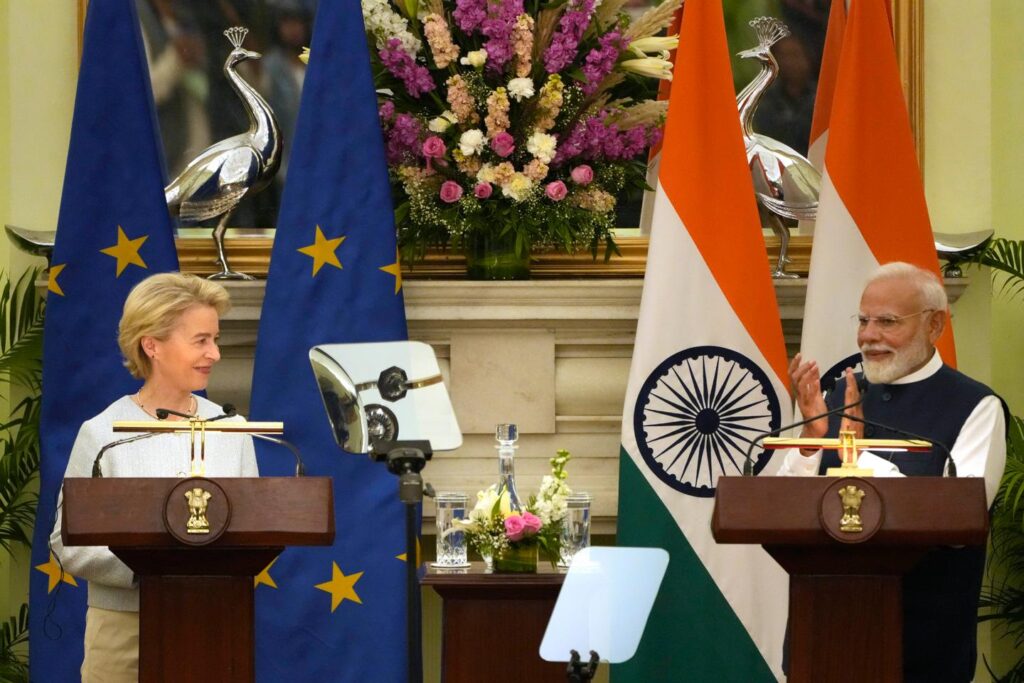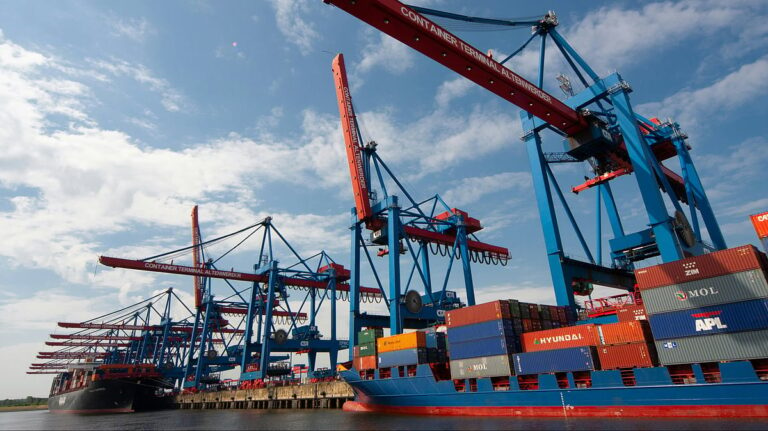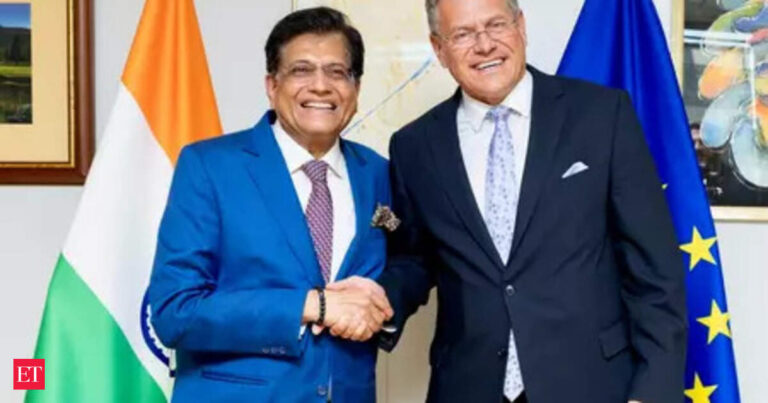
IT has long said in diplomatic circles that India is wary of the European Union (EU). New Delhi preferred to carry out bilateral negotiations with France or Germany, rather than with Brussels. Have the times changed? The Asian giant with 1.4 billion inhabitants is in search of growth and development and Europe is looking for new partnerships. The two were shaken by Donald Trump’s return to the White House. The two share the same weak point: a dependence on China.
On February 28, in New Delhi, Narendra Modi and Ursula von der Leyen undertook to finalize a “mutually beneficial” free trade agreement by the end of 2025 and to diversify cooperation by widening it to include security and defense. “I want this visit to be the beginning of this new era. Prime Minister Modi and I are sharing the same point of view. It is time to bring our strategic EU-India partnership to the higher level. For our security and prosperity,” said Von Der Leyen.
New markets
Europe is India’s first trading partner, ahead of the United States and China. The trade in goods reached $ 135 billion in 2023, while the trade in services reached $ 53 billion, but there is a considerable scope of growth, as the subcontinent currently represents only 2.2% of the EU goods trade and is the 10 of the EU.th The largest trading partner. The Commission hopes to find new opportunities on the Indian market, especially for cars, agricultural products, wine and spirits.
Informed diplomats, however, stressed that talks started in 2007 but never materialized. At the time, the two partners had given themselves two years to conclude a trade agreement. Almost 20 years have passed and nothing has materialized. In June 2022, the two protagonists resumed the negotiations suspended in 2013. They struck several major obstacles.
You have 65.49% of this article to read. The rest is reserved for subscribers.



